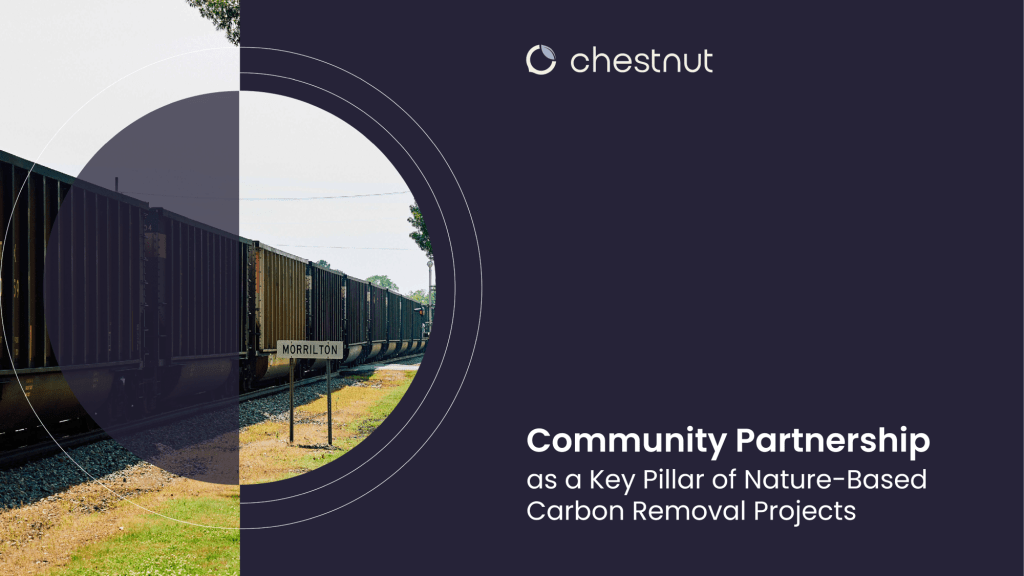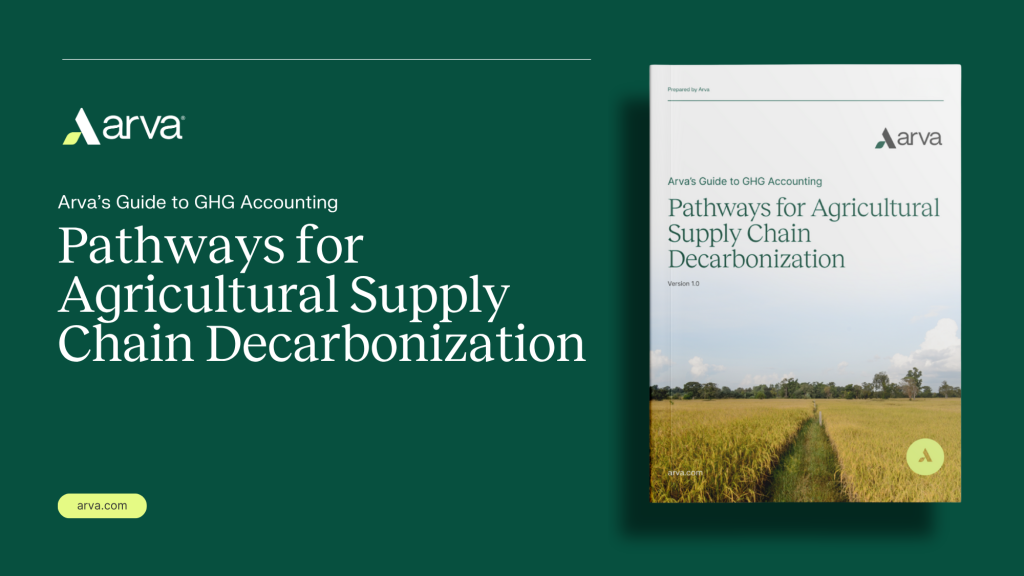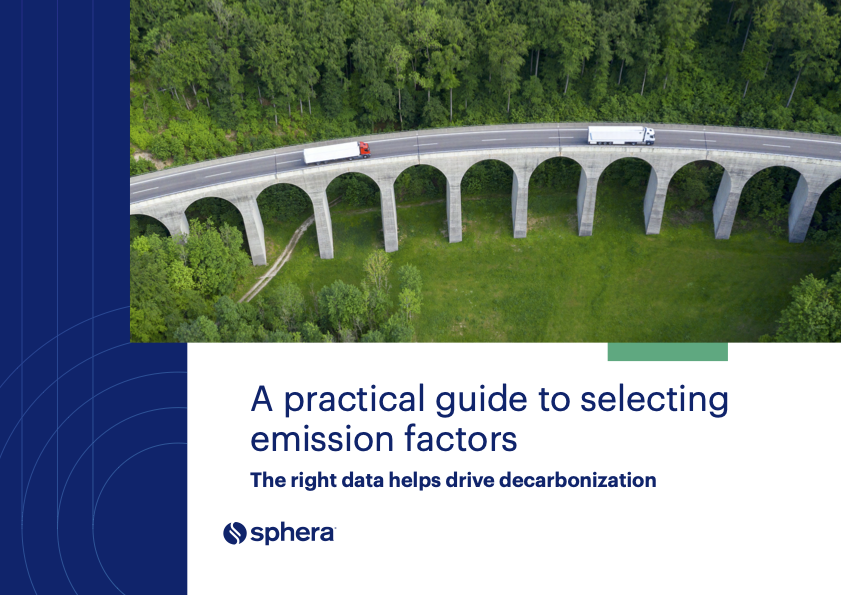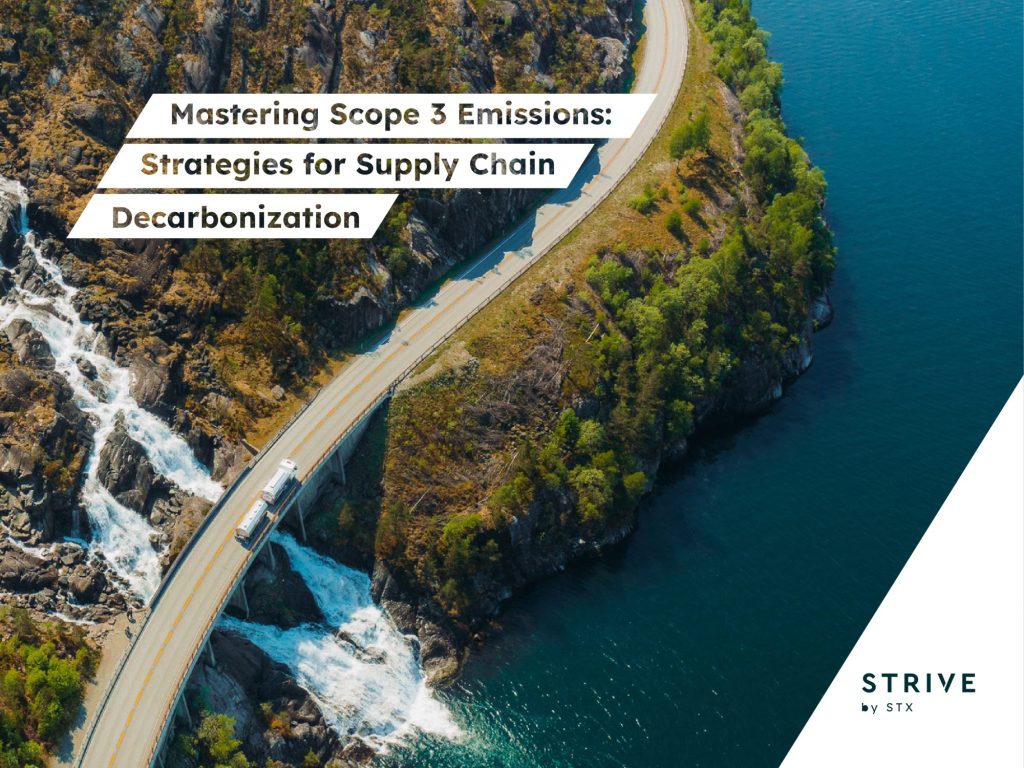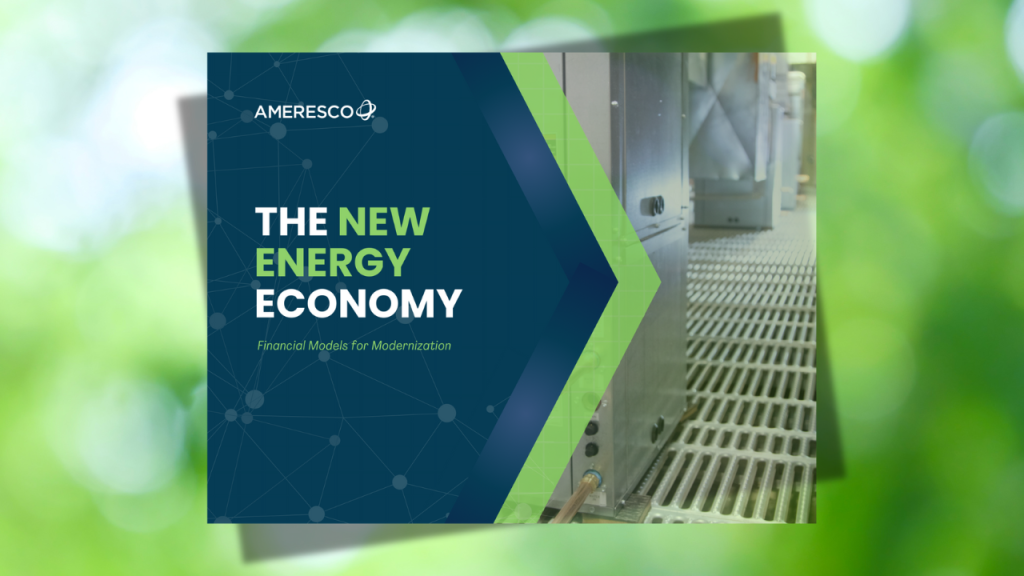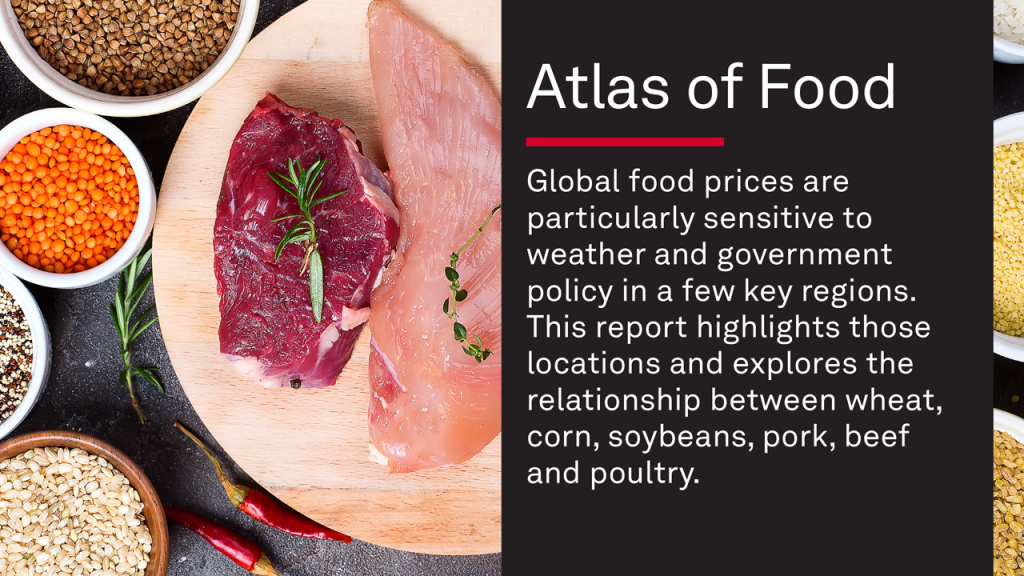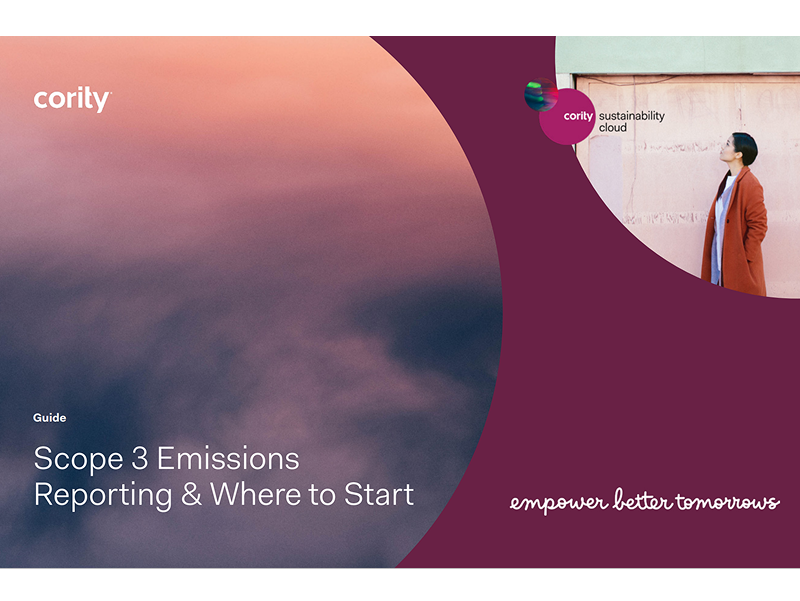Green Strategies for Cities to Manage Wastewater
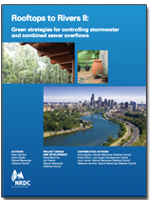
This report, titled “Rooftops to Rivers II,” looks at the ways that cities can use smart infrastructure and green building design to minimize the pollution from stormwater runoff and other wastewaters.
From the NRDC:
An estimated 10 trillion gallons a year of untreated stormwater runs off roofs, roads, parking lots, and other paved surfaces, often through the sewage systems, into rivers and waterways that serve as drinking water supplies and flow to our beaches, increasing health risks, degrading ecosystems, and damaging tourist economies. But cities of all sizes are saving money by employing green infrastructure as part of their solutions to stormwater pollution and sewage overflow problems.
Green infrastructure helps stop runoff pollution by capturing rainwater and either storing it for use or letting it filter back into the ground, replenishing vegetation and groundwater supplies. Examples of green infrastructure include green roofs, street trees, increased green space, rain barrels, rain gardens, and permeable pavement. These solutions have the added benefits of beautifying neighborhoods, cooling and cleansing the air, reducing asthma and heat-related illnesses, lowering heating and cooling energy costs, boosting economies, and supporting American jobs.
NRDC’s Rooftops to Rivers II provides case studies for 14 geographically diverse cities that are all leaders in employing green infrastructure solutions to address stormwater challenges — simultaneously finding beneficial uses for stormwater, reducing pollution, saving money, and beautifying cityscapes. These cities have recognized that stormwater, once viewed as a costly nuisance, can be transformed into a community resource. These cities have determined that green infrastructure is a more cost effective approach than investing in “gray,” or conventional, infrastructure, such as underground storage systems and pipes. At the same time, each dollar of investment in green infrastructure delivers other benefits that conventional infrastructure cannot, including more flood resilience and, where needed, augmented local water supply.
NRDC identifies six key actions that cities should take to maximize green infrastructure investment and to become “Emerald Cities”:
- Develop a long-term green infrastructure plan to lay out the city’s vision, as well as prioritize infrastructure investment.
- Develop and enforce a strong retention standard for stormwater to minimize the impact from development and protect water resources.
- Require the use of green infrastructure to reduce, or otherwise manage runoff from, some portion of impervious surfaces as a complement to comprehensive planning.
- Provide incentives for residential and commercial property owners to install green infrastructure, spurring private owners to take action.
- Provide guidance or other affirmative assistance to accomplish green infrastructure through demonstration projects, workshops and “how-to” materials and guides.
- Ensure a long-term, dedicated funding source is available to support green infrastructure investment.
More information is at NRDC.org.
